Recently, Dr. Zhu has been busy with meetings and clinical work, but amidst the hustle and bustle, he still wants to communicate with everyone and share some insights and experiences.
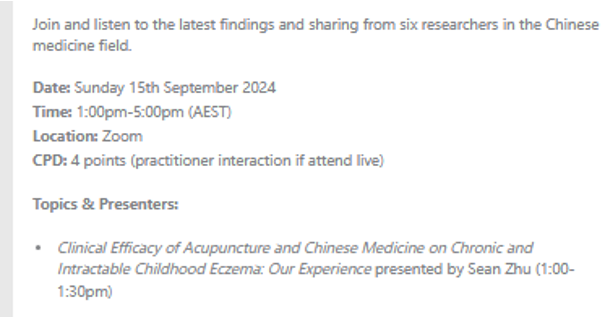
Before we begin, please allow Dr. Zhu to introduce some recent medical cases.
Case One: A patient experienced dislocation and deformation of the left middle finger's interphalangeal joint while fishing, which resulted in limited movement. It was already 6 pm, and the patient was concerned that going to the hospital emergency room would involve a long waiting. Therefore, the patient contacted Dr. Zhu's clinic. The middle finger was visibly swollen, and there was pain and limited movement during both active and passive joint activities. Dr. Zhu carefully inquired about the patient's medical history and, after ruling out the possibility of a fracture and potential soft tissue damage, performed a joint reduction. In just three seconds, the joint was successfully reduced, the deformity disappeared, and normal function was restored. Dr. Zhu particularly advised: Dislocation of finger joints is a common type of sports injury in daily life. It should be treated as soon as possible after the dislocation occurs to prevent future joint function issues. If there is a fracture or skin injury, it is important to seek emergency treatment at the hospital immediately. For simple joint dislocations, professional manipulation can be performed at Dr. Zhu's clinic. Do not attempt to treat it at home, as this could exacerbate the condition.


Case two: The patient developed facial paralysis due to left middle ear infection. Symptoms included the disappearance of the left forehead wrinkles, enlarged eyelid gap, numbness on the left side of the face, deviation of the mouth corner to the right, and an inability to puff cheeks, whistle, or smile. The patient contacted Dr. Zhu immediately after the onset of facial paralysis and received timely and effective acupuncture treatment. After three treatments, symptoms significantly improved, and the ability to smile was restored, along with the disappearance of numbness. Dr. Zhu reminds that cold, strong wind exposure, lack of sleep, or bacterial infections are the main causes of facial paralysis. If you notice symptoms such as crooked mouth corners, incomplete eye closure, or disappearance of the nasolabial folds, do not panic and seek medical attention promptly. The optimal treatment window for facial paralysis is within 15 days of onset. Treatment methods vary depending on the individual case and may include medication and acupuncture. For acute onset with mild symptoms, if the optimal treatment timing is seized, 90% of patients can recover.

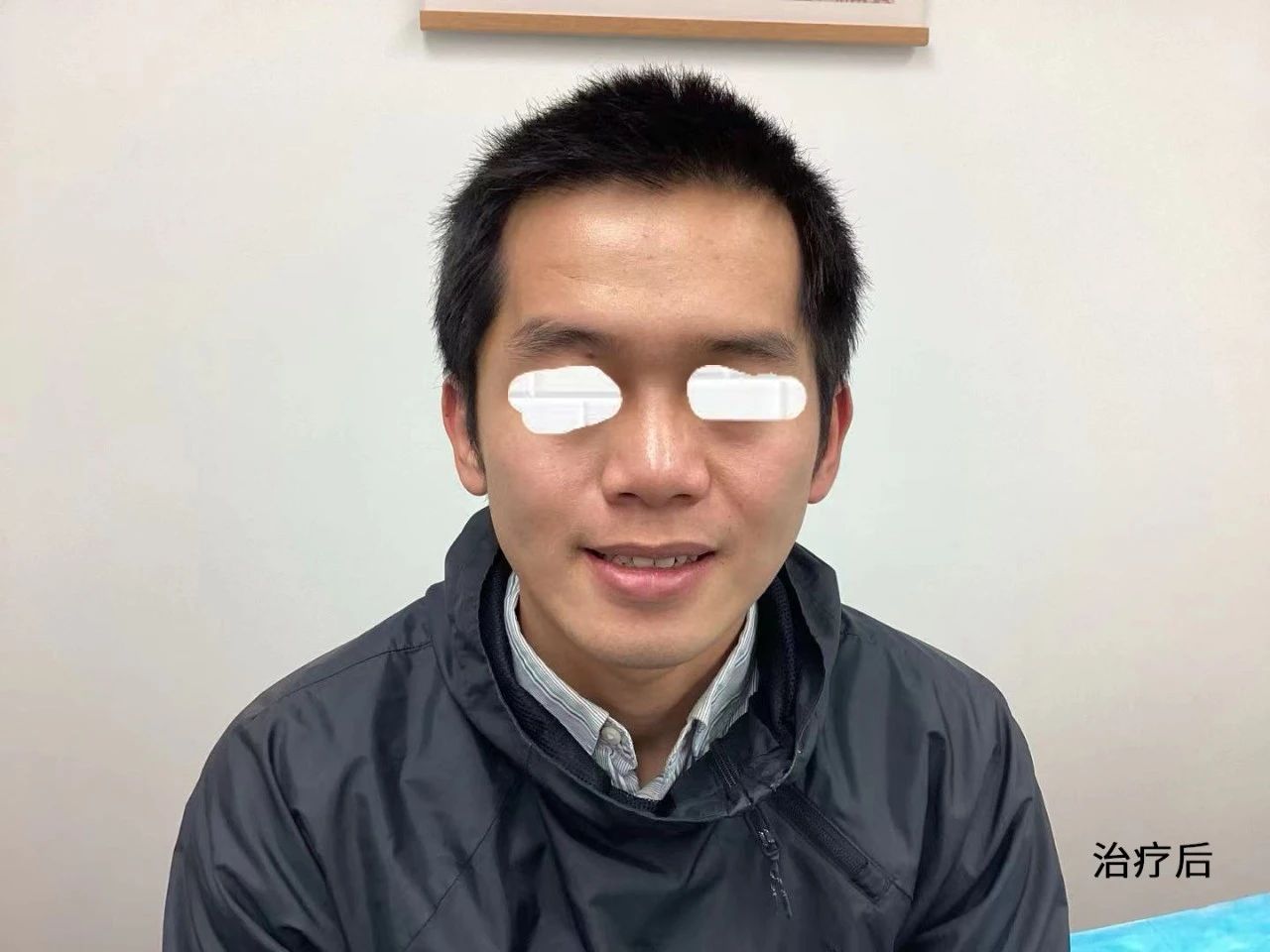
Back to the main topic, is traditional Chinese medicine pseudoscience?
Regarding this issue, many people, including doctors, may be uncertain. Dr. Zhu has studied Chinese and Western medicine for 15 years and practiced for 22 years. He hopes to answer this question with his knowledge and clinical experience, and there will certainly be shortcomings. Welcome everyone to discuss and put forward different opinions.
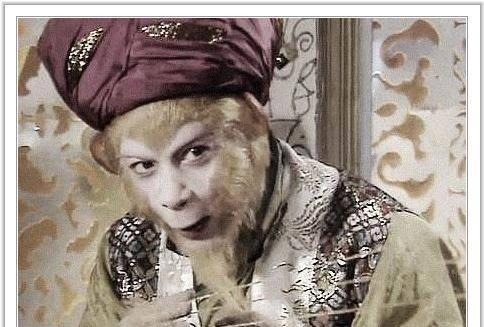
Is there no scientific basis for Traditional Chinese Medicine (TCM)?
Modern medicine originates from Western scientific theories and experiments, and TCM does not conflict with it; rather, it is also based on inference and clinical practice. The theoretical system of TCM has been gradually formed through long-term medical practice (mainly clinical practice, including anatomical observations of humans and animals), and has been integrated with the natural science knowledge of the time (astronomy, calendar studies, agriculture, etc.). For thousands of years, it has been guiding clinical practice and has been continuously enriched and developed in practice. In other words, this theoretical system is ancient and deeply influenced by ancient philosophical thoughts and knowledge of the time, while also originating from practice and long-term guiding it. Therefore, it has been repeatedly tested in practice. This unique theoretical system has two basic characteristics: one is the concept of holism; the other is the treatment based on syndrome differentiation. In fact, the thoughts and thinking of TCM have already permeated our daily lives. For example, "Spring wear, autumn freeze," "Eat radish in winter, ginger in summer," "Jujube and ginger sugar, five types of fatigue and seven types of injuries," "Chicken should be stewed, duck should be roasted," and so on. Each solar term also has corresponding foods to adapt to natural changes.
Is traditional Chinese medicine not withstand scientific scrutiny?
Western medicine is evidence-based medicine, while traditional Chinese medicine relies on experience. Which is more convincing, evidence or experience? Some argue that experience is considered weak evidence within the realm of epistemology, and such relatively weak evidence in the field of evidence-based medicine can only be classified as a recommendation with low strength, and may not even qualify as evidence. Therefore, many prescriptions of traditional Chinese medicine are considered ineffective.
However, in reality, many theories of traditional Chinese medicine have been proven using Western medical methods.
Proof 1: The existence of meridians has been scientifically proven
For a long time, one of the major arguments against the science of Traditional Chinese Medicine (TCM) by the Western medical community was the inability to verify the existence of meridians at the anatomical level. In 2021, researchers for the first time clearly observed continuous fluorescent lines moving along the acupoints of the human body's meridians, providing strong evidence to support the existence of meridians in TCM. Scientists from the China Academy of Chinese Medical Sciences and Harvard Medical School in the United States participated in the collaboration and verification. (The red lines shown in the image (b) represent the meridians.)
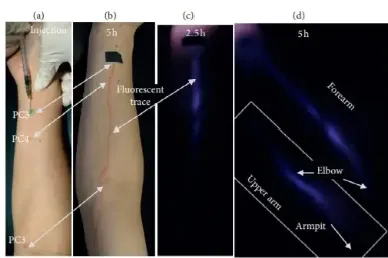
The research team found that the fluorescent dye can indeed migrate along a pathway that does not overlap with blood vessels and nerves.

Proof 2: Scientific Verification of the Relationship Between Body Surface Temperature, Carotid Blood Flow Velocity, and Body Constitution
There is a saying in traditional Chinese medicine that "fat people have more phlegm and dampness, while thin people have more fire." This suggests that if a person's body tends to be overweight, they often have phlegm and dampness, whereas those who are smaller and thinner often have yin deficiency and internal heat. Traditional Chinese medicine believes that insufficient yang qi in the body leads to heavy cold and dampness inside, resulting in pseudofatness, and thus, fat people are often yang deficient. In everyday life, we often see this type of overweight person— with a large waist and all over flesh, this kind of obesity is often caused by yang deficiency.
Doctor Zhu's team used infrared instruments to study the body surface temperature in their research project and found that the body temperature of heavier individuals was significantly lower than that of thinner individuals, with more areas showing low temperature in blue-green (indicating cold), and fewer areas showing high temperature in red-yellow (indicating heat) (see the thermographic image in the second row below).
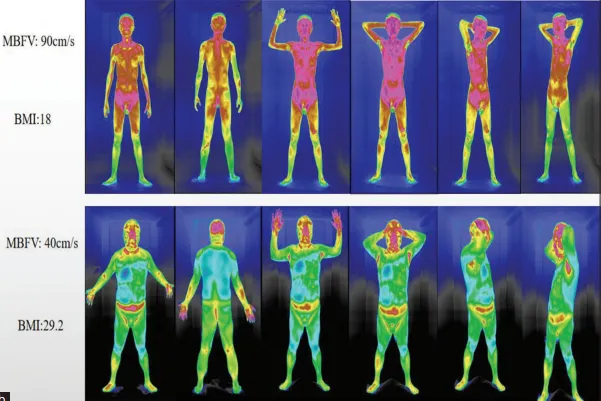
The person shown in the first row of the thermal imaging has a relatively high body surface temperature, and there is less flesh, muscle, and bone on the body. Why would there be less flesh, muscle, and bone? It's important to understand that flesh, muscle, and bone require nourishment. For instance, the skin needs body fluids to moisten it; muscles need blood to nourish them; and bones need essence to sustain them. If a person has insufficient body fluids, essence, and blood, the flesh, muscle, and bone cannot be properly nourished and will not develop well. These substances—body fluids, essence, and blood—are the vital energies associated with the Yin aspect of the body. Therefore, thin people often have excess heat due to Yin deficiency. The term "deficiency" here refers to a deficiency of Yin. (The same applies to women, as shown in the image below.)
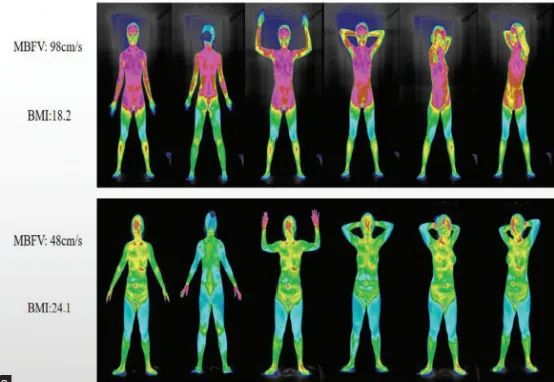
Careful readers might ask, what does BMFV stand for in the diagram? BMI represents Body Mass Index, and a higher number indicates a more severe case of overweight. What does BMFV represent?
BMFV refers to the blood flow velocity of the carotid artery. What is the significance of this indicator? In traditional Chinese pulse diagnosis, the carotid artery corresponds to the Renying pulse. The blood flow velocity of the carotid artery can represent the strength of the Renying pulse (they are positively correlated). The approximate location is shown in the diagram below.

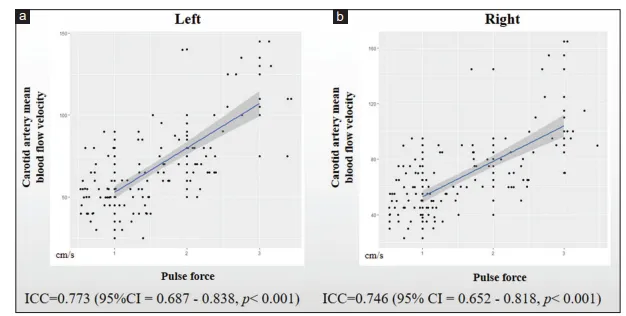
Traditional Chinese Medicine (TCM) theory holds that a strong pulse at the carotid artery indicates an excess of yang energy, which is associated with heat; whereas a weak pulse suggests a deficiency of yang energy. If there is someone in your family who is slightly overweight with a larger belly, they can self-test by feeling their carotid pulse to see if it beats slowly or with less force. Children who have long-term rhinitis or those who enjoy cold drinks can also have their parents check their pulse.
Is this a universal rule then? Dr. Zhu tested the carotid blood flow velocity of 100 people using statistical methods and found that obese individuals had relatively slower carotid blood flow and lower surface temperatures, which makes sense because they have thicker fat layers.
Another interesting point is that if you look closely at thermal imaging, you can see that the palms of obese people tend to be warmer, while those of thin people are cooler. You can observe this in daily life, but the underlying principle still awaits further scientific discovery.

The above experiments are the research results published by Dr. Zhu's team in an internationally renowned traditional Chinese medicine journal in 2023. If interested, you can check them out.

By this point, we can conclude that Traditional Chinese Medicine is not pseudo-science as some believe, it is not something that cannot withstand scrutiny. Pulse diagnosis is not based on guesswork or intuition, but has solid scientific foundations.
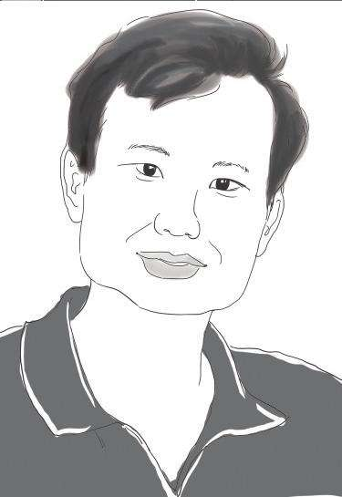
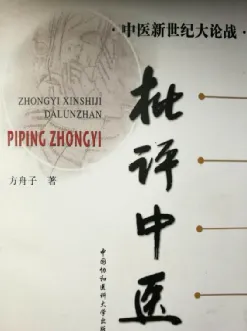
Traditional Chinese Medicine (TCM) is currently facing skepticism domestically while enjoying popularity abroad for various reasons: Firstly, it's due to the system of TCM itself. In China, many TCM treatments are biased towards Western medicine, and clinical specializations are too narrow. TCM internists may not practice acupuncture, and TCM acupuncturists may not prescribe herbal formulas. Secondly, there is a lack of basic research in TCM. Most schools focus on herbal medicine research because it allows for publishing papers, obtaining research projects, and quicker promotions. Thirdly, the quality of herbal medicines is an issue. Many non-native herbs and counterfeit medicines flood the market. Too many pharmaceutical companies prioritize profits over product quality, leading to unsatisfactory therapeutic effects from herbal medicines. Dr. Zhu has encountered patients who purchase Australian herbal medicines and bring them back to China, as they trust the legal regulations in Australia and find the effects of Australian herbal medicines to be more pronounced.
These reasons are well-known, but difficult to change. Therefore, Dr. Zhu's original intention for opening a clinic in Australia is to hope that Traditional Chinese Medicine (TCM) can benefit more people. TCM is a treasure trove, but it is also fragile and requires more people to inherit and innovate.
References
1. Li T, Tang BQ, Zhang WB, Zhao M, Hu Q, Ahn A. In Vivo Visualization of the Pericardium Meridian with Fluorescent Dyes. Evid Based Complement Alternat Med. 2021 Mar 29;2021:5581227.
2. Zhu, Xiang; Gao, Wei; Chi, Yong; Wang, Zhi-Yong; Shao, Jun-Jie. Close Correlations Between Carotid Arterial Mean Blood Flow Velocity, Body Mass Index, and Temperature in Normal Individuals. World Journal of Traditional Chinese Medicine 9(4):p 469-474, Oct–Dec 2023.
Dr. Zhu's contact information is as follows:
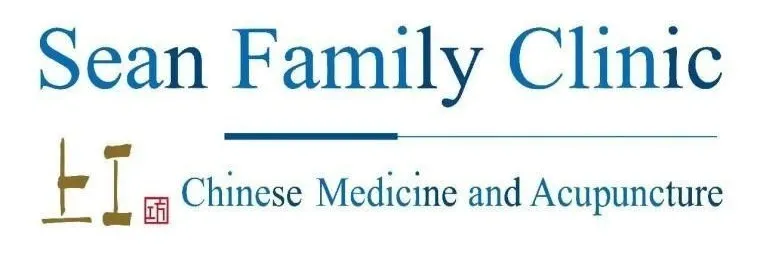
Address: Suite 5, 143-147 Somerville Boulevard, Winthrop WA 6150
Website: www.seanfamilyclinic.com
(08) 62690917 / mobile:0432917382
Hours: 9:00-18:00
Monday-Sunday
9AM-6PM
Wechat:
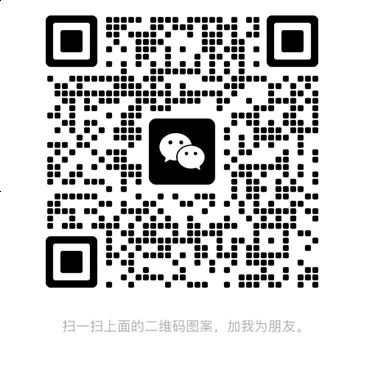
Some pictures in the article are from the Internet. If there is any infringement, please contact us to delete them.